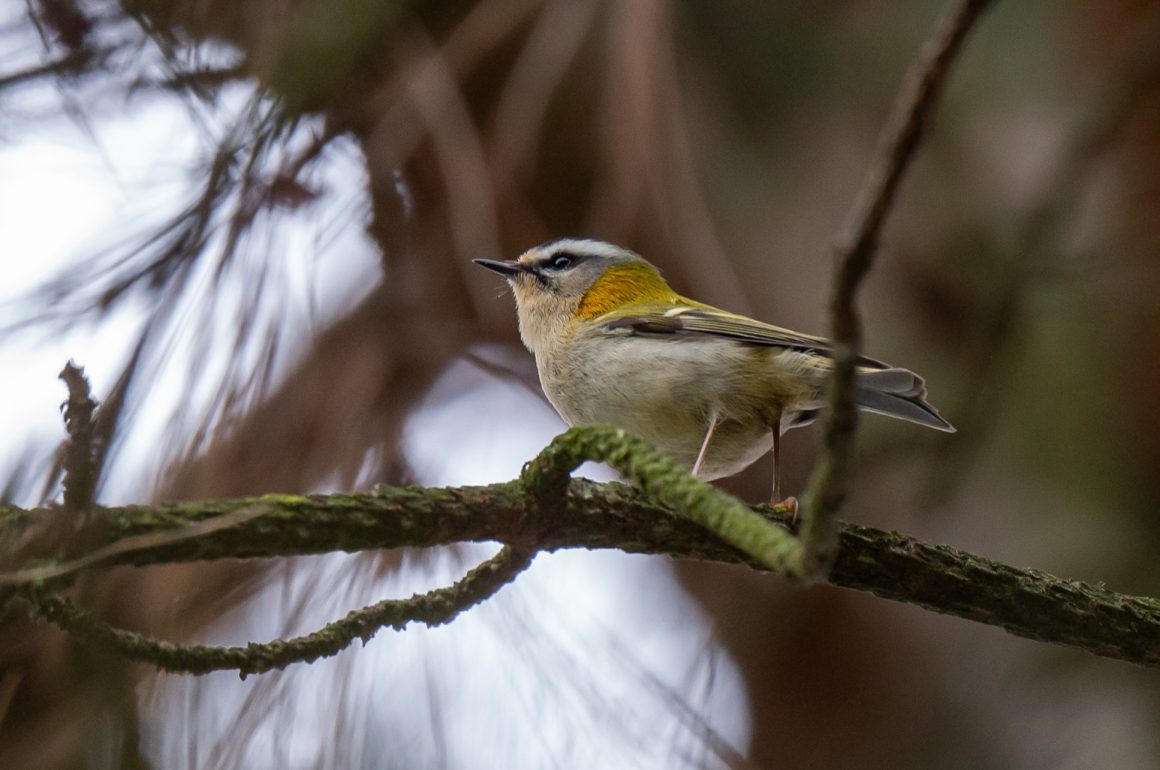
When waiting it felt like ages, but once I heard them it felt like they had returned way too early: Firecrests singing in our local park in Bonn. On the way to work in the mornings and on weekend walks, I was very glad to hear the songs of all the migrants arriving. In addition to the Firecrests, within a few days the songs of Common Chiffchaff, Willow Warbler, and Eurasian Blackcap started resonating through the freshly sprouting vegetation. I always love the feeling when migrants have just returned, knowing they just travelled thousands of kilometers, some from Subsaharan Africa. Then sometimes when you see these birds actively regaining their energy and getting ready for defending territories and breeding, they give the impression that their migration had just been a short jog around the block rather than a marathon across desert, mountains, and oceans. If this wouldn’t be enough, climate change has stark effects on migration patterns. I could imagine that timing the earlier emergence of insect prey at the breeding grounds is particularly problematic for insectivorous species. With these thoughts in mind, it was hard to enjoy the first unusually warm days. At other moments I was elated about not having to wear thick clothes all the time and hearing birds sing everywhere.
A quick visit to the Weilberg quarry in the Siebengebirge was a welcome break from my routine. I was rewarded with nice scope views of Eurasian Eagle-Owls – by no means a surprise sighting as these birds breed here. Nonetheless, seeing these huge owls never gets boring, even if they only doze on the cliff face. I am looking forward to an evening visit once their chicks have hatched, as the parents are often quite active in and around the quarry then.
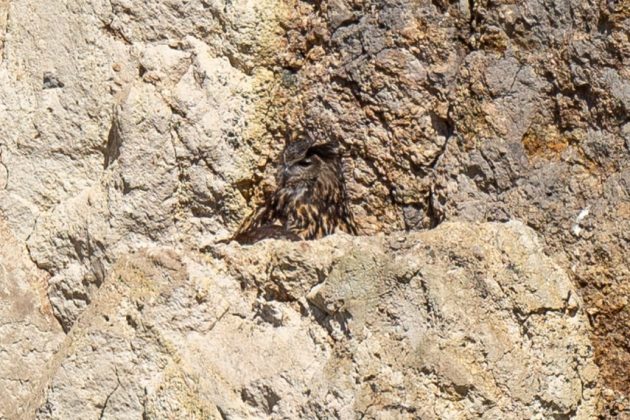
The Rheinaue park close to our appartment was also productive again. I did not see anything that I’d usually call special, but then “special” seemed quite subjective in this case as the good weather and activity level of the birds made the same usual species stand out much more. I spent some time sitting on the lawn and watching an Eurasian Green Woodpecker forage around me. In the picture below, it looks quite drowsy as it briefly blinked the split-second I pressed the shutter.
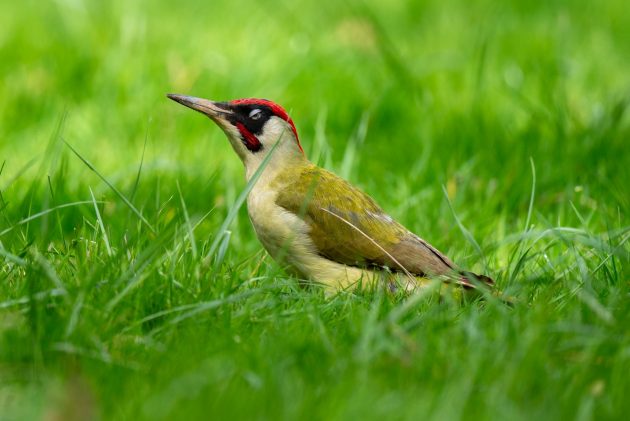
In other areas, the lawn was densely covered in daisies and I experimented a bit with photographing from low angles to make the daisies look even more dense. Again no rare birds but I greatly enjoyed watching a White Wagtail agitatedly marching across the lawn, while a Common Starling took a way more relaxed approach to foraging.
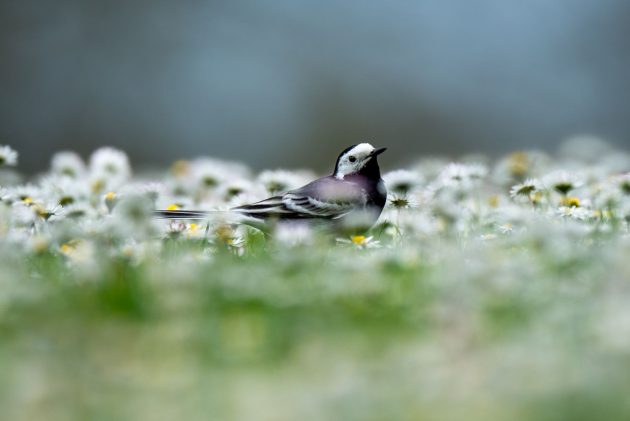
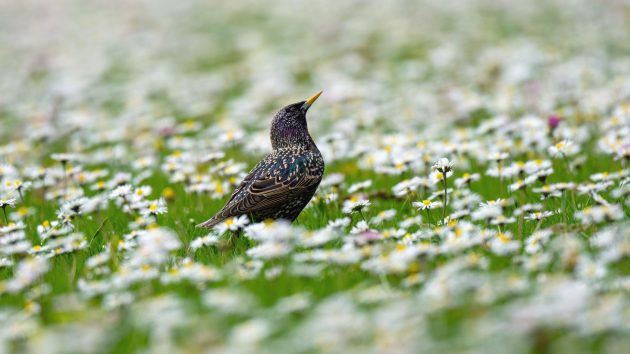
I also managed to get views of the Firecrests, which as I mentioned at the start are quite common. This abundance by no means meant theat they are easy to see, and I got quite a sore neck from peering into the canopy. A few times I got decent sightings of these adorable birds, which have got to be one of the cutest species in the region. Eurasian Blackcaps, while even more common, are also always a pleasure. However, I have to admit that I’ve frequently gotten annoyed at these birds lately because I am still not always sure about their song, making me stare into the thicket for a while until a blackcap pops out, making me think “of course, I’ve heard this hundreds of times”. Once I come to terms with the realization that my reliance on senses is still very much skewed to the visual rather than auditory side, I can fully appreciate their fluting and chattering song.
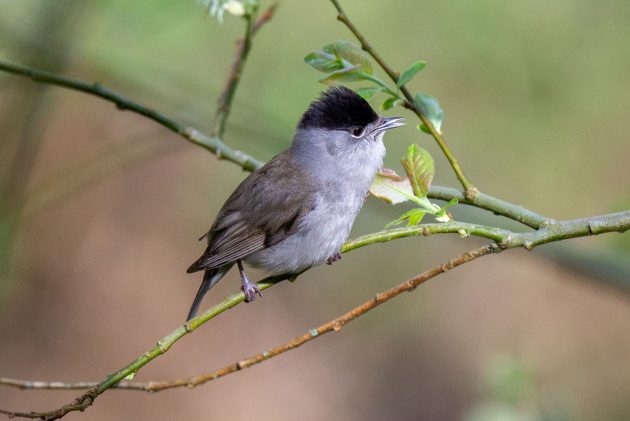
I used to only focus on the waterbirds earlier in the year because there was nothing exciting on the passerine front, but now I often skip the lakes in the local park. The more interesting ducks mainly pass through in winter, and now all the action appears to be on the terrestrial side. A Great Crested Grebe in breeding plumage was a nice exception, but maybe my expectations were too high when I hoped for a courtship dance which is so magical in this species.
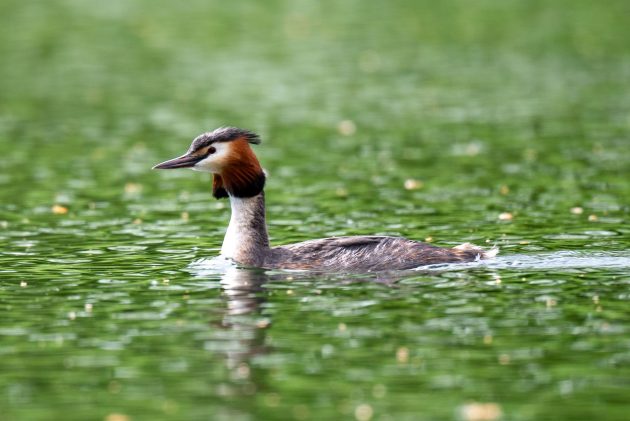






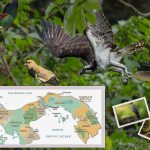

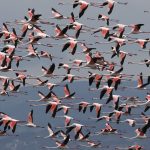



Blackcap songs are crazy! They fool me so many times, worse still than Garden warblers. And I fully support your statement on Eagle Owls: I work in the minerals extraction industry as a biologist since 2008 and have likely seen Eagle Owls 1,000+ times. Always open-mouthed, awe-inspiring.